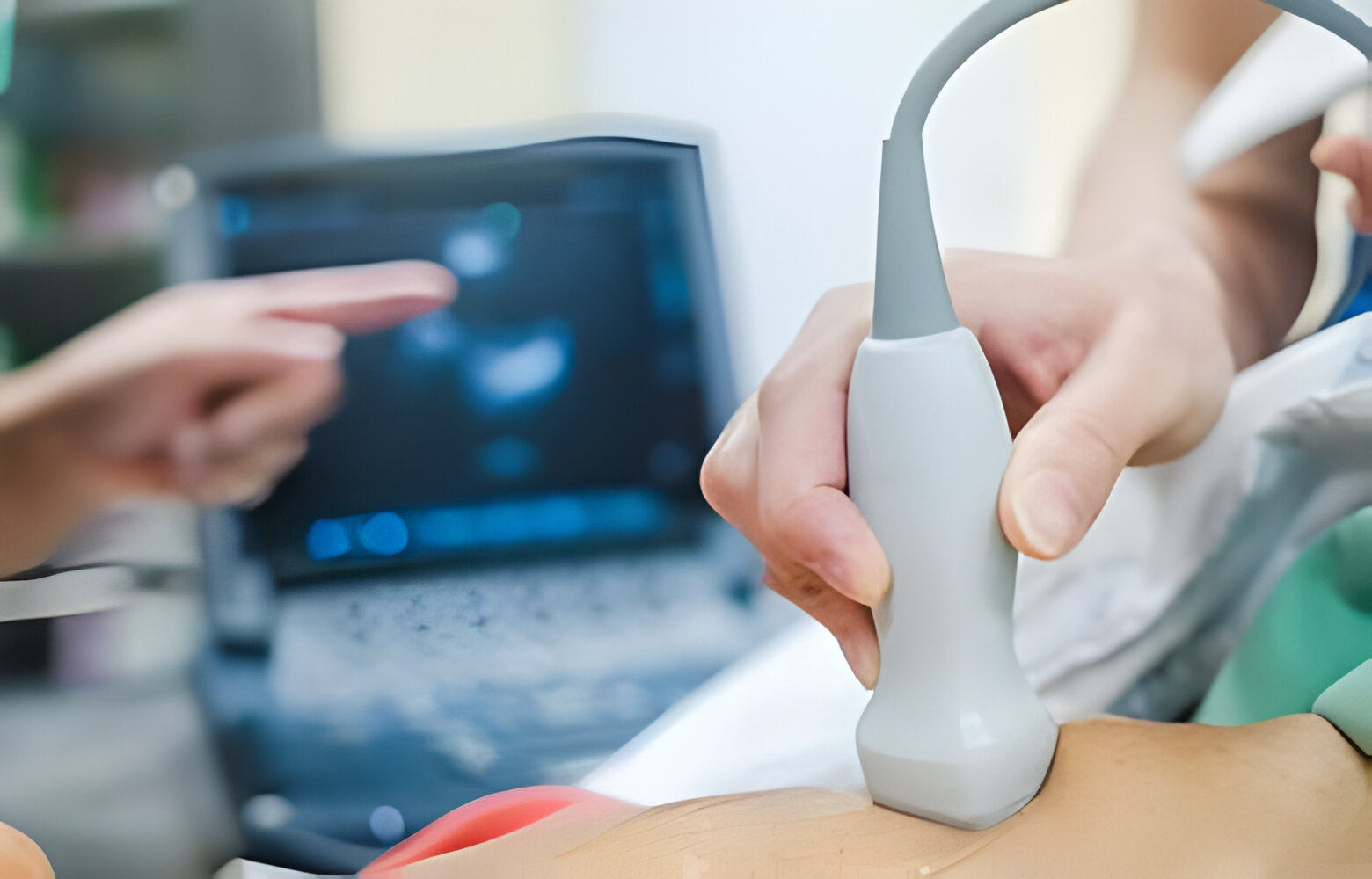Our article, written by our Co-Founder and CEO, Wessam Sonbol, CSM, CSPO, ICP-ACC, in the Association of Clinical Research Professionals’ (ACRP) Clinical Researcher.
Originally published here: Clinical Researcher

In the June 2022 Clinical Researcher, we discussed how the clinical research enterprise embraced newer technology solutions more quickly than usual due to the challenges the COVID-19 pandemic forced us to overcome in order to keep clinical trials moving forward.
In just the short time since that article, clinical researchers and study teams around the globe have widely adopted technology solutions that will forever change how clinical trials are designed and conducted moving forward. Sure, traditional clinical trials are still being conducted in person, but simultaneously virtual, decentralized, and hybrid clinical trials are also growing in numbers—removing geographical boundaries for patient participants, which has led to a much-needed increase in patient diversity, too.
As with any new frontier, we get excited about the progress that has clearly been accomplished and about continuing to push ahead toward the positive gains. However, with all the good strides we have taken as a field, it is important to also hear, acknowledge, and adequately address the concerns of clinical researchers and patients alike when moving forward. Here are a few observations we’ve made these past few months in the field, as well as some strong technology solutions we’ve been able to see proposed, created, or implemented along the way.
The Rise of eConsent
Electronic informed consent (eConsent) platforms are advantageous and generally easy enough for sponsors and sites to implement into their day-to-day operations. These tools bring value for all stakeholders, including patient participants, within the process through the following effects:
- Reduced burdens from paperwork for clinical trials staff and its storage implications, which leads to greater accuracy and efficiency—saving time and money;
- Simplified informed consent processes for participants, which boosts patient engagement overall;
- Provision to sponsors in real time of patient participants’ consent data, supporting the study management and regulatory processes.
eConsent is a game-changer because patients will have the opportunity to be informed by different means, like video and/or audio clips, graphics, examples, hyperlinks, etc. The multimedia interaction is even accessible via the patient’s own device (e.g., smartphone, tablet, computer, etc.). This accessibility allows patients to take the information home, via their personal device, and discuss with family and friends—and even do some additional research, if they wish—all from the same device without any additional equipment.
It should be noted that this multimedia approach can also overcome language barriers and impairments. For example, videos can be pre-recorded in multiple languages, including sign language for those potential patients who are hearing impaired. For patients who are vision impaired, audio messages can also be recorded in abundant, verbal detail to meet their needs.
The interactive presentation of the study procedures and commitments should make the informed consent process not only easier to understand, but also more comprehensive.
The Widespread Adoption of Wearables, Biosensors, and Other Devices
Wearables are being implemented in more and more clinical trials, and gaining steam in the healthcare world at large. Deloitte predicted that 320 million consumer health and wellness wearable devices will have shipped worldwide in 2022. Among other benefits, these devices enable a clinical study team to monitor their patients’ various health metrics, like daily steps, sleep quality, and heart rate, thereby increasing patient compliance and retention.
The most advanced wearables offer a customizable technology solution to researchers and providers, opening up a whole new world of possibilities for captured data that can be used to enhance patient outcomes and care delivery.
Over the next 25 years, wearables are expected to reduce healthcare costs by more than 20 billion dollars, providing more accurate insights into patient activity. The quality data collected and analyzed by these technology platforms can help researchers and providers gain a better perspective on why a certain implanted device might be acting a certain way, or whether a treatment has changed a patient’s daily activities.
While there are a lot of pros to using wearables, biosensors, and other devices in your upcoming clinical trial, we understand there are some challenges that come with implementing new technologies. Collecting, standardizing, and validating the data, which are necessary precursors to data analytics, can be a challenge for many health systems.
Technology Allows for Decentralized Operations, But Logistics Still Matter
Virtual clinical research organizations (VROs) still need to consider the logistics when implementing virtual and hybrid clinical trial designs. Those who have true end-to-end solutions have the infrastructure in place to ship and deliver wearables, biosensors, other devices, pharmaceuticals, etc. for use in clinical trials around the globe. A sufficiently agile clinical study team should be able not only to technologically integrate with virtually any wearable, but also to:
- procure devices;
- collect the patient data;
- reconcile and analyze the data; and
- report the analytics—in near real time.
Technology solutions streamline patients’ data collection in order to not only increase the amount of data received, but also to increase the quality of data collected.
Using wearables to monitor a study’s patients away from the doctor’s office allows clinical researchers a window into their day-to-day lives. It provides study teams a more complete, and therefore more accurate picture—gaining a more informed perspective which benefits the study’s results overall.
Imagine how clear the picture of a patient’s health would be without the guesswork? Clinical researchers no longer have to estimate how many hours of quality sleep a patient got or how many times they dreamt that night. They no longer have to estimate how long a patient’s heart rate was elevated by exercise or for how long. They will know how many minutes a patient was active and even how wide their gait was while walking. This is not only fascinating, but it also provides clinical researchers with real-world data and evidence that they can act on.
The Future of Clinical Research?
The use of home computers, mobile devices (e.g., smartphones and tablets), wearables, and biosensors to gather and store large amounts of health-related data has been prominent for years. However, the COVID-19 pandemic and the challenges it exposed regarding the lack of access to proper healthcare put the adoption and implementation of wearables on the fast-track within the field.
The passive, secure collection of patient data holds the key to leveraging previously untapped potential, allowing clinical study teams to better design and conduct clinical trials and to answer questions previously thought impossible. In addition, with the development of new and sophisticated analytical capabilities, we are better able to analyze patient participant data points and apply the results of our analyses to meet the needs of each unique clinical study (e.g., medical product development and approval, etc.).
Partner with Companies That Can Handle the Logistics So You Can Focus on Patients
Are you getting the patient data you need when you need it? Are you keeping your studies on their timelines with no missed appointments?
No one knows better than you that your clinical study team’s daily task lists are detailed and therefore time-consuming. Leveraging an in-depth, global network to ship and deliver wearables (and other devices) directly to your study’s patients is a step in the right direction toward simpler, more efficient studies.
Once they receive the device, tech will already be integrated and ready to assist everyone involved. Its reminders will help automate many daily tasks, alleviating your study team’s workload, but also increasing patient monitoring, compliance, and retention.
Companies that are boasting unique solutions for clinical research teams should also have the capability to gather clean datasets from patients, whether they are using one device or multiple wearables in a single trial. The more quality data we can safely and securely collect, the higher the chance of the study’s overall success.
Significant Advantages to Adopting Technology
A User-Friendly Experience. Technology platforms that are customized to meet the needs of your specific study create uniform processes and send a message to participants that their time and participation is valued. Almost everyone in the world has now become accustomed to digital interactions in their personal and professional lives. They will expect the same level of digital ease and sophistication during their period of participation in a clinical trial.
Increased Patient Compliance. Protocol deviations in clinical studies lead to issues with compliance. In addition to the implications of increased cost, these deviations may result in unusable data and create avoidable delays within clinical trials. Implementing a technology platform dramatically reduces these risks.
Remote Access and Interactions. Decentralized, virtual, and hybrid clinical trials give participants the flexibility to participate in clinical research without the need to visit sites for every step and benchmark within a trial. Technology tools also allow patients, legal guardians, caretakers, etc. to read and sign forms at their own convenience, regardless of their location; as well as for all necessary digital signatures to be captured safely and securely—remotely—leading to better recruitment and retention rates at sites.
Seamless Workflows. Clinical site staff across the globe serve an ongoing flow of patients, often for multiple trials at a time. Technology tools and platforms ease their efforts and simplify the complex process of tracking consents and protocol amendments by generating timely alerts, reminding their patients to take action to complete the necessary tasks that are due.
Patient Recruitment and Diversity. Again, the usage of multimedia messaging allows clinical study teams the opportunity to recruit larger and more diverse groups of patient participants—remotely across the globe—serving traditionally underrepresented populations.
Concerns and Challenges Addressed
Clearly, we’ve demonstrated that there are many advantages to integrating a true end-to-end technology platform and solution into clinical trials. That said, there are also concerns regarding potential challenges that are associated with the implementation of technologies that we should address.
One question that always comes up relates to the costs of implementing technology solutions. In the short term, the costs associated with the customization and implementation of your study’s workflows are higher than traditional models of execution. However, these costs should be considered as an investment in how you will conduct clinical trials moving forward, rather than just another cost with only short-term benefits. If patient recruitment increases, along with patient compliance and patient retention throughout the clinical trial, a site or sponsor has to consider the real impact on the overall bottom line—saving not only money but valuable time for the clinical study’s staff, all of which increases efficiency and data integrity.
Concerns over data security and patients’ privacy are also, of course, valid points when discussing the use of any web-based technology. Any clinical research technology platform you consider implementing should already be compliant with the Health Insurance Portability and Accountability Act in the U.S., the General Data Protection Regulation in the European Union, and 21 CRF Part 11 of the Code of Federal Regulations expectations from the U.S. Food and Drug Administration. Some companies have also begun implementing features like facial recognition to verify and confirm a patient’s identity prior to allowing access to documents that include personal, sensitive information.
The Future is Now
As a pandemic surged, the clinical research industry was challenged to find solutions regarding how to safely continue conducting clinical studies in 2020. We have whole-heartedly accepted that challenge and moved forward faster than anyone expected. These technology tools, platforms and solutions are poised to be “a new norm” of clinical trials all over the world. Encouraging sites and sponsors to adopt available technology solutions today will cast a wider net for patient recruitment, including diverse patient populations, as well as improve patient compliance, boost patient retention, and optimize consent data management—all while providing patient participants with a high-quality, engaging experience from the outset of the trial. We know we are on the right track—we just need to keep safely moving forward.
Resources
- Guidance: Submitting Documents Using Real-World Data and Real-World Evidence to FDA for Drug and Biological Products
- Guidance: Assessing Electronic Health Records and Medical Claims Data To Support Regulatory Decision-Making for Drug and Biological Products
- Guidance: Considerations for the Use of Real-World Data and Real-World Evidence To Support Regulatory Decision-Making for Drug and Biological Products
- Guidance: Submitting Documents Utilizing Real-World Data and Real-World Evidence to FDA for Drugs and Biologics
- Guidance: Use of Electronic Health Records in Clinical Investigations
- Guidance: Use of Real-World Evidence to Support Regulatory Decision-Making for Medical Devices



































